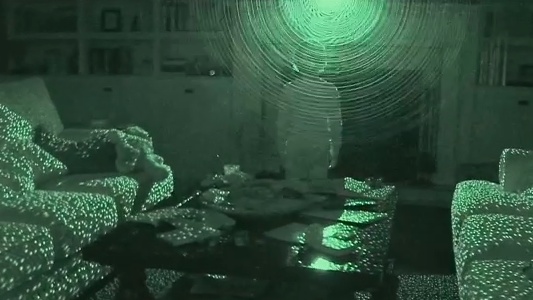
As I mentioned recently, I will be speaking next week at the Post-Cinematic Perspectives conference taking place November 22-23, 2013 at the Free University Berlin. Below you’ll find the abstract for my talk:
Nonhuman Perspectives and Discorrelated Images in Post-Cinema
Shane Denson
With the shift to a digital and more generally post-cinematic media environment, moving images have undergone what I term their “discorrelation” from human embodied subjectivities and (phenomenological, narrative, and visual) perspectives. Clearly, we still look at – and we still perceive – images that in many ways resemble those of a properly cinematic age; yet many of these images are mediated in ways that subtly (or imperceptibly) undermine the distance of perspective, i.e. the quasi-spatial distance and relation between phenomenological subjects and the objects of their perception. At the center of these transformations are a set of strangely irrational mediators and “crazy” cameras – physical and virtual imaging apparatuses that seem not to know their place with respect to diegetic and nondiegetic realities, and that therefore fail to situate viewers in a coherently designated spectating-position. A phenomenological and post-phenomenological analysis of such mediating apparatuses points to the rise of a fundamentally post-perceptual media regime, in which “contents” and “perspectives” are ancillary to algorithmic functions and enmeshed in an expanded, indiscriminately articulated plenum of images that exceed capture in the form of photographic or perceptual “objects.” Post-cinema’s cameras thus mediate a nonhuman ontology of computational image production, processing, and circulation, where these images’ discorrelation from human perceptibility signals an expansion of the field of material affect: beyond the visual or even the perceptual, the images of post-cinematic media operate and impinge upon us at what might be called a “metabolic” level.
0 thoughts on “Nonhuman Perspectives and Discorrelated Images in Post-Cinema”